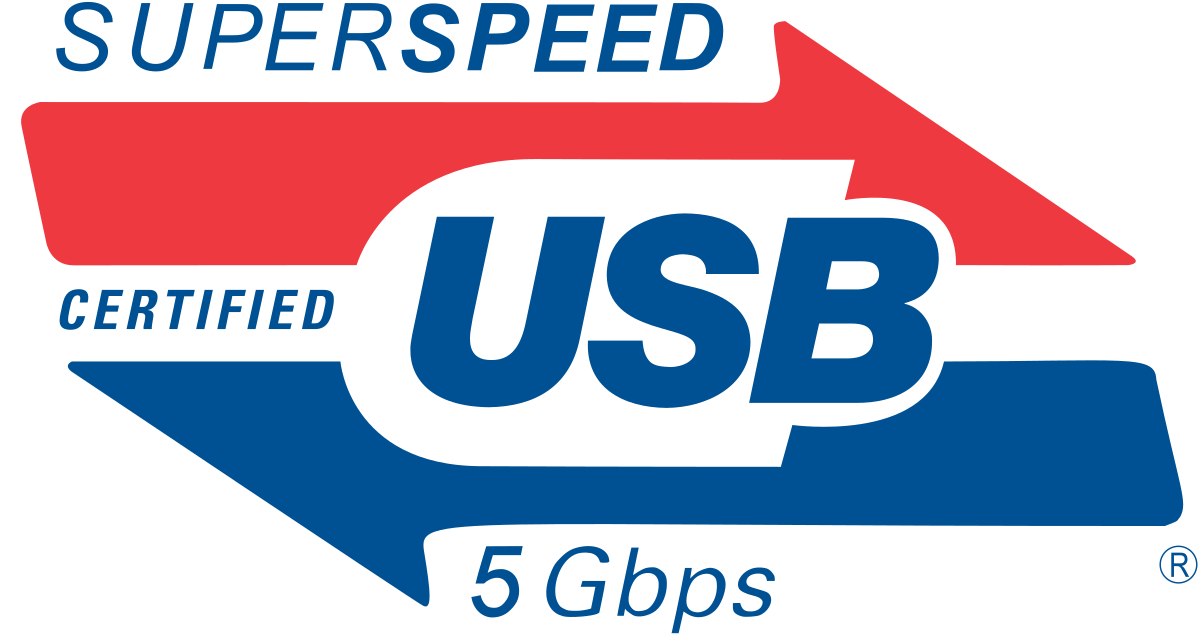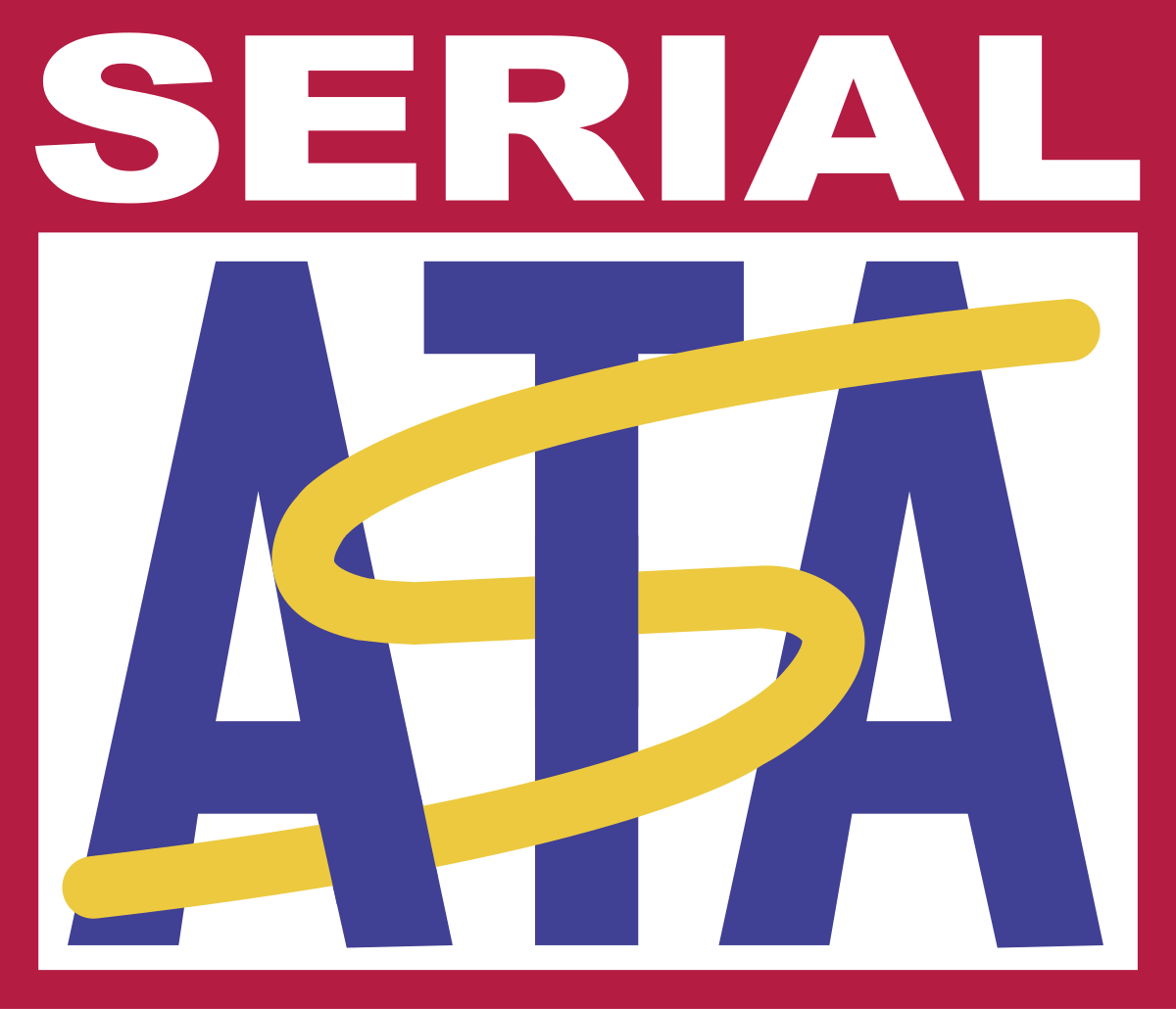I don't know what you mean by "shucking it". Such a system would have limited performance due to USB bandwidth limitations.
There are devices that will network-share a single USB drive over Wi-Fi. But none I know of that support RAID.
"
Shucking, as the practice has come to be known, is the process of buying an
external drive, opening it up, and removing the bare
drive "
In this case, removing the internal drive to use for a NAS. Its a pain, time consuming and delicate process to do this.
USB 3.0 is the third major version of the
Universal Serial Bus (USB) standard for interfacing computers and electronic devices. Among other improvements, USB 3.0 adds the new transfer rate referred to as
SuperSpeed USB (SS) that can transfer data at up to
5 Gbit/s (625 MB/s), which is about 10 times faster than the
USB 2.0 standard.

en.wikipedia.org
SATA I (revision 1.x) interface, formally known as SATA 1.5Gb/s, is the first generation SATA interface running at
1.5 Gb/s. The bandwidth throughput, which is supported by the interface, is up to 150MB/s.
SATA II (revision 2.x) interface, formally known as SATA 3Gb/s, is a second generation SATA interface running at
3.0 Gb/s. The bandwidth throughput, which is supported by the interface, is up to 300MB/s.
SATA III (revision 3.x) interface, formally known as SATA 6Gb/s, is a third generation SATA interface running at
6.0Gb/s. The bandwidth throughput, which is supported by the interface, is up to 600MB/s. This interface is backwards compatible with SATA 3 Gb/s interface

en.wikipedia.org
Seem that the new USB is comparable to SATA. Someone like me is more concerned about storage for archiving tons of information more so then blazing speed. I would be willing to take a performance hit to get Triple the hard drive space on a NAS.
Is speed the only reason why USB are not used? Perhaps they are not considering the new 3.0 USB speed standard.



